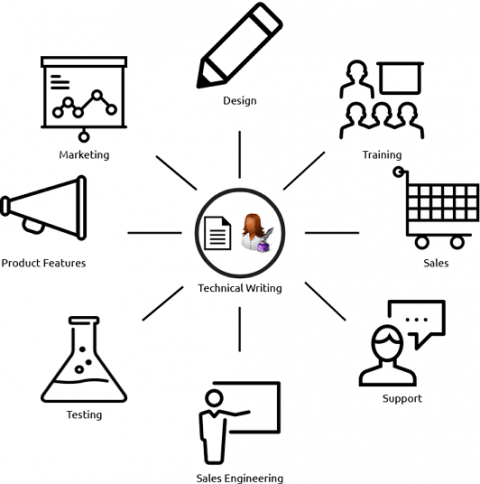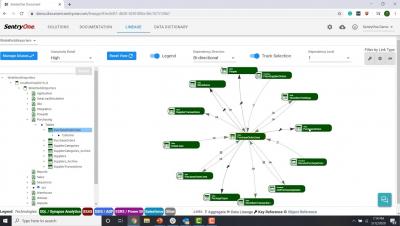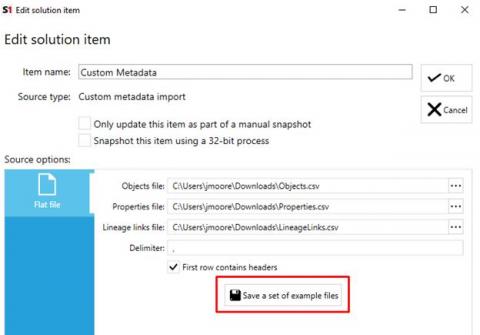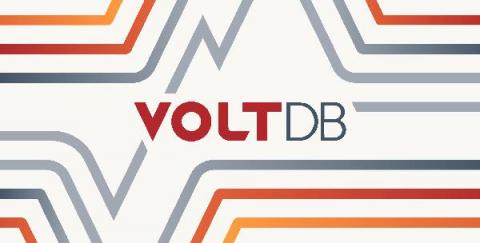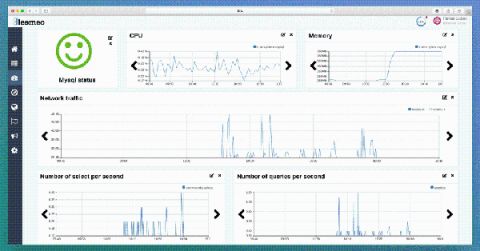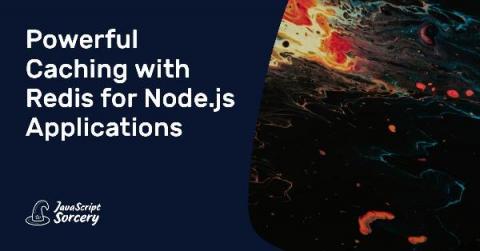Operations | Monitoring | ITSM | DevOps | Cloud
Databases
The latest News and Information on Databases and related technologies.
Database Cloud Migration Done Right - SolarWinds Lab Episode #95
Manually Add a Metadata Source in SentryOne Document
Three Steps To Get Started With Database DevOps
Application-Centric and Database-Centric Monitoring: Why You Need Both
What if You Could Autonomously Monitor Across Your Databases?
When DevOps teams talk about monitoring a database, the primary motivation is to ensure that the database won’t suffer a performance hiccup. Long queries, timeouts and table scans are among the most popular causes behind lousy customer experience. However, in recent years, more data has been shifted to cloud databases.
Monitor VoltDB with Datadog
VoltDB is an ACID-compliant, in-memory relational database designed to support real-time analytics. VoltDB’s in-memory storage, stored procedures, and shared-nothing architecture make it specifically optimized for quickly processing massive streams of data. This means VoltDB is tailored for use cases like online gaming, telecommunication, and financial applications, which require fast data processing.
How to monitor your key process with Bleemeo?
This article explains how to monitor service process on your service with Bleemeo using MySQL as an example. This feature is what we called "Key Process Monitoring" and is described by our documentation. Currently, you can monitor any service process automatically discovered by Bleemeo. All metrics are detailed in our documentation, in a few words, metrics related to memory, cpu, network and i/o used by this process are gathered by the agent.
Further Tips on our Database Migration to the Azure Cloud Session at MS Ignite 2021
Powerful Caching with Redis for Node.js Applications
Regardless of the tech stack used, many developers have already used Redis or, at least, heard of it. Redis is specifically known for providing distributed caching mechanisms for cluster-based applications. While this is true, it’s not its only purpose. Redis is a powerful and versatile in-memory database. Powerful because it is incredibly super fast. Versatile because it can handle caching, database-like features, session management, real-time analytics, event streaming, etc.


